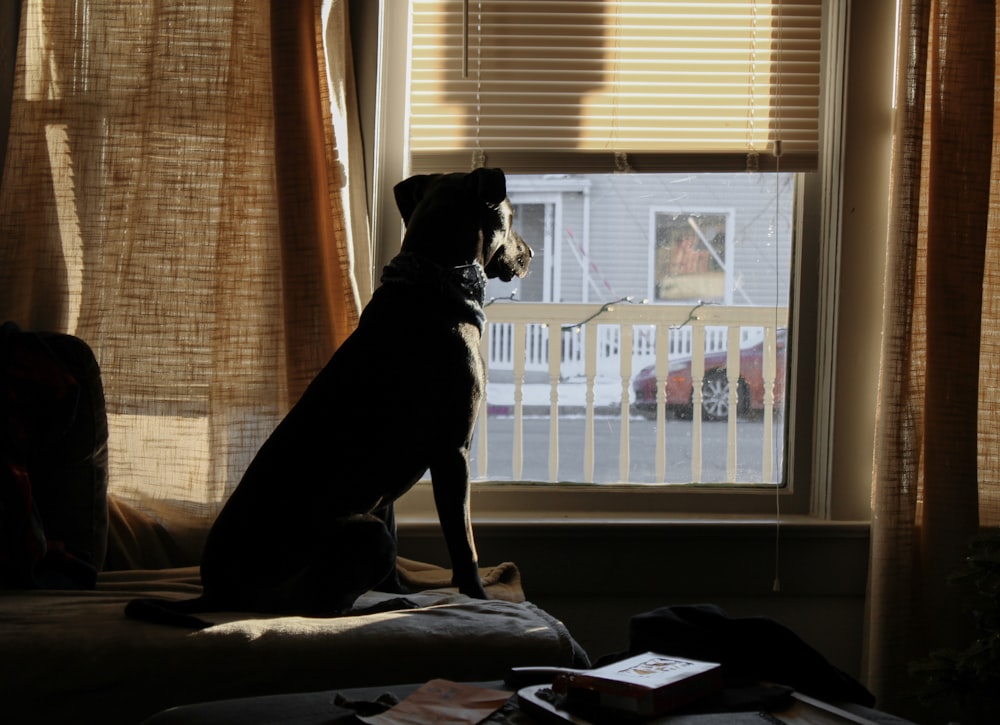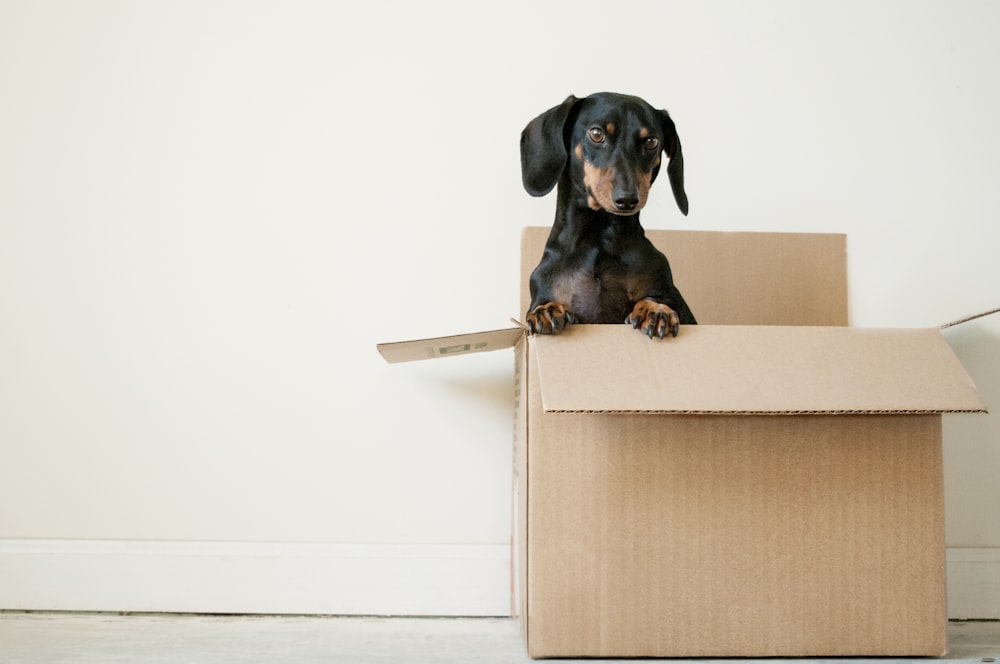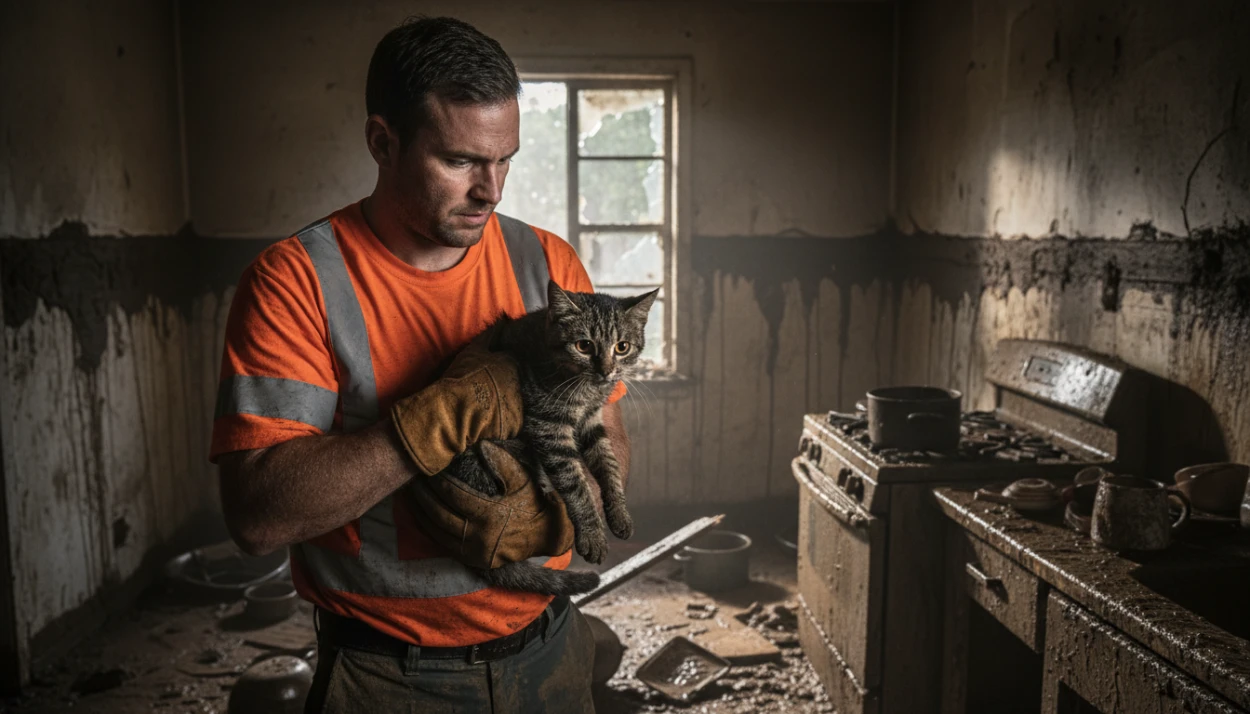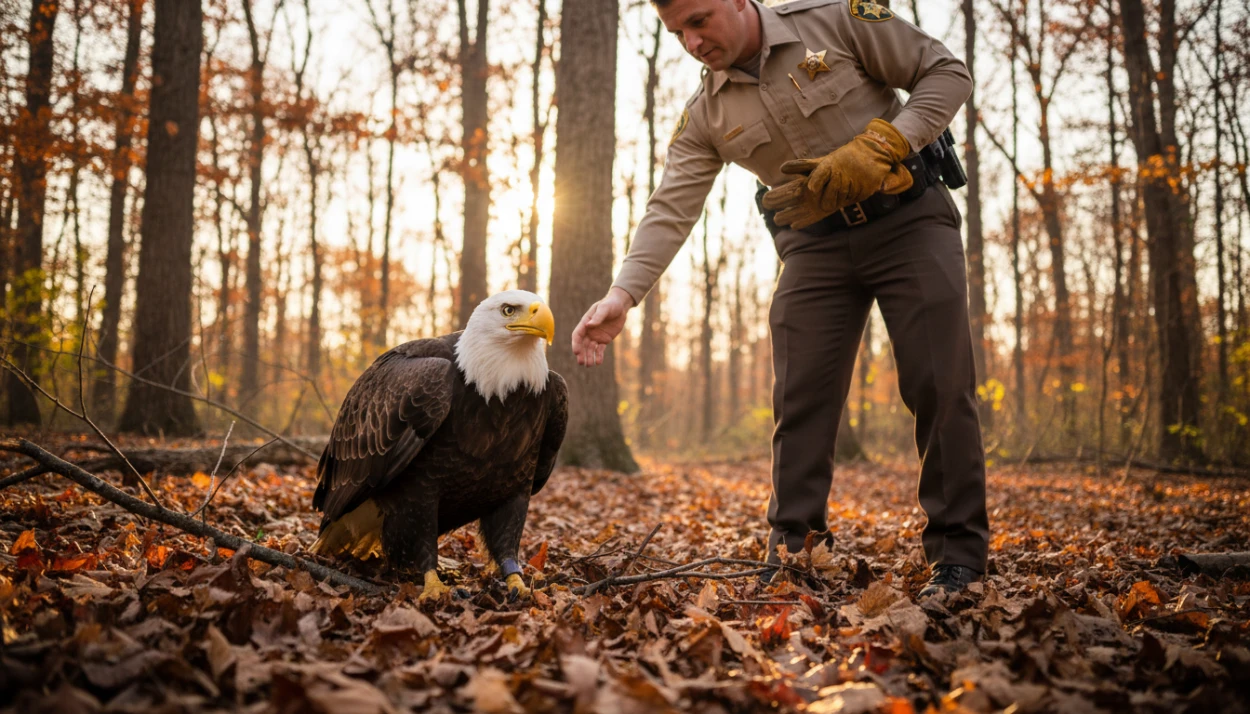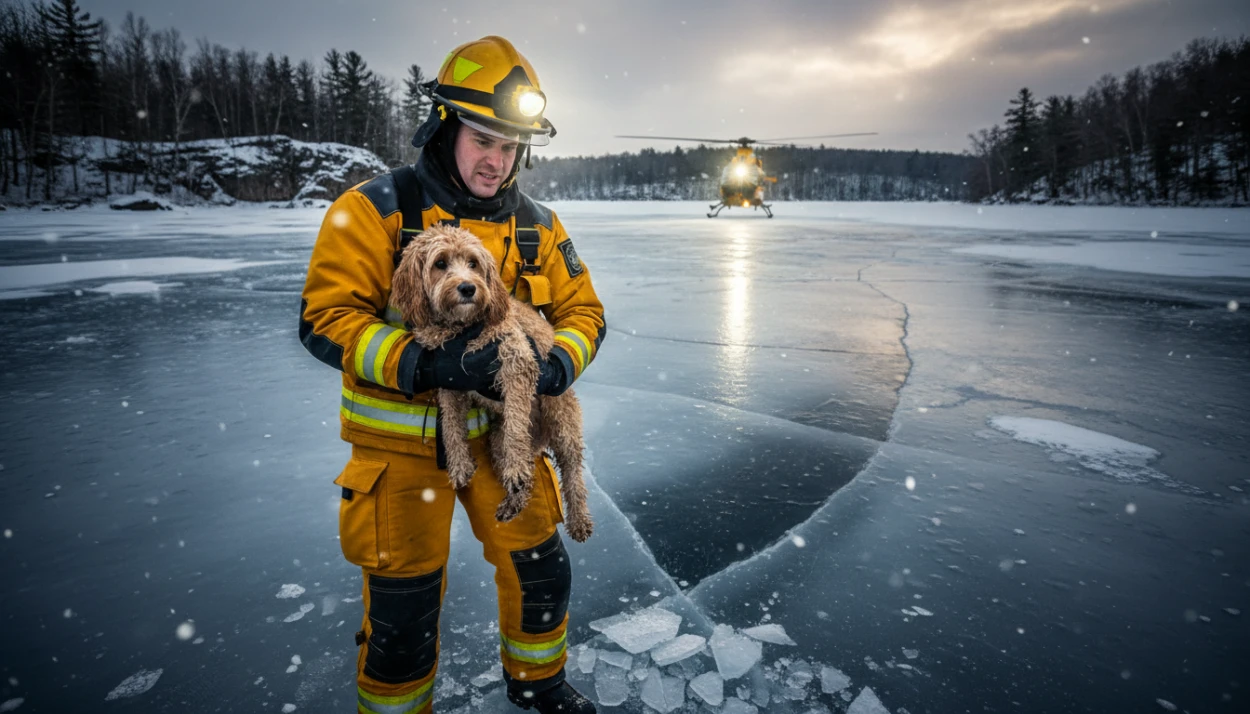Almost everyone has encountered a dog who ignored them or ran away when we asked to pet him, and adult rescue dogs aren't uncommon to act this way at first.
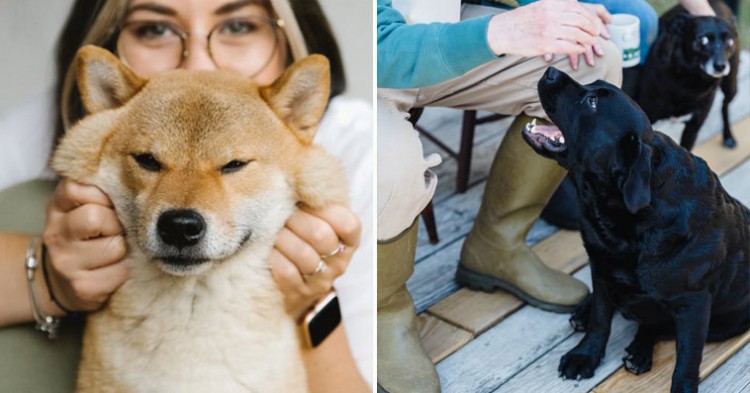
When we look at this from a human perspective, it's easy to take it personally and conclude that the dog doesn't like us. It is our custom to shake hands and introduce ourselves when two human strangers meet. This doesn't apply to dogs when they meet other dogs or humans. They are socialized differently.
People approach dogs differently when they meet them for the first time. A high-pitched voice might be heard when they speak to the dog, and they come straight at the dog with their hands reaching out. Would it surprise you to find out that the dog has no desire to interact with the human?
When the dog's owner is away, they may have to get used to the idea of a house sitter staying in their house for a while. You might be able to warm up to some pups right away, but others might need a little more time.
If you feel you can't earn a dog's trust, here are some things you can do, whether meeting a neighbor's dog on the street or adopting a new pet.
What you need to know before meeting a dog and its family
When you're caring for someone's furry family and home for the first time, it's natural to want to make a good impression. A shy or nervous dog's eager desire to impress can, however, conflict with his needs.
Don't Do These Things When Meeting a New Dog
Maybe you want to show how much you love dogs. Their hound is hunkered in the corner licking his lips and head lowered. You decide to make friends, but as soon as you approach the dog he shrinks away and growls at you.
Your attempt to make friends has backfired, and you're now stuck in a bind. It was a misstep on the part of that first meeting... but it could so easily have been avoided. What could have been done? We will tell you what not to do when meeting your dog for the first time after this short recap of what you shouldn't do:
- Engage in energetic interactions with a dog. Speak softly and remain calm. Stay out of the dog's way.
- Make sure to touch the dog immediately.
- Take a close look at it. It will be interpreted as a confrontation.
- Credit: unsplash
An approach based on wait-and-see
Ignoring the dog completely and chatting with its owner is a much better course of action. Pet parents' acceptance and liking of their pets boosts the 4-leggers' paws-itive opinion of them, boosting the dog's confidence.
It's fine to appear cold or indifferent toward the dog, and instead tell the owner you are anxious to get to know him, but you will give him time and space to approach you when the time is right. Your knowledge of canine psychology will impress the dog as well as the owner.
Okay, now that you know what you need to do, let's talk about how to win the trust of an unfamiliar dog.
Tips for gaining dog's trust
1. Relax and stay calm
The temptation may be there to greet a dog with a lot of energy, but resist. Excitedly approaching a dog can make it excited, which can lead to an unwanted greeting, such as it jumping up on you. If a stranger with high energy approaches, a dog may also feel the need to fight or flee. Do not frighten or alarm the dog.
2. Ensure that he has his own space
It is one of the most stressful things a dog can go through, even when adopted by a wonderful person such as yourself. You must first ensure his safety before you do any of the cool stuff you plan to do with him.
Giving him a place of his own is a simple way to accomplish this. Allow him to process his new reality in his own space. It would be best to pick a place that is out of the way, while still allowing him to see the activity in the house, such as a corner of the living room. Dog-proof the area while keeping it comfortable. The most common choice for most dogs is a crate, but you can also use a dog bed or an exercise pen. You can also provide chew toys and blankets. You should respect his space when he is in his "room" - don't let your kids or pets crawl all over him.
Credit: unsplash
3. Keep eyes away from each other
The act of staring is a threat or a challenge in dog language. It helps to keep things low key if you avoid direct eye contact. Yawning can be calming to a dog as it is a subconsciously reassuring signal to a dog.
4. Your dog needs to be protected
Most of us think of dogs as protectors. Sometimes we forget that our dogs require our protection more than they require ours - unless we want them to eat their friends and family, which they are fully capable of, as demonstrated by that Belgian Malinois. Your dog can only be defended and advocated for by you. Don't let her down. People will want to interact with you and your pooch as soon as you get a shiny new dog. And if they are friendly, that's fine as well. You can tell people not to touch your pet if she is wary.
5.You must get on their level
If you need to approach the dog, approach it from the side while never approaching from the front. Kneel down so that you are facing the same way as the dog. In a non-confrontational manner, you have now entered the dog's personal space. Don't make eye contact while holding your hand in a fist.
6. They should come to you
You will be able to tell if the dog is interested when she shows you. Whenever she sniffs your hand and remains calm, you can pet her - but only on the front of her chest. If you think she's scared, never try to approach her from above. It's okay to lick her hand if she accepts you. She may not be interested if she turns away or does not pay attention. Do not be offended. Just keep going.
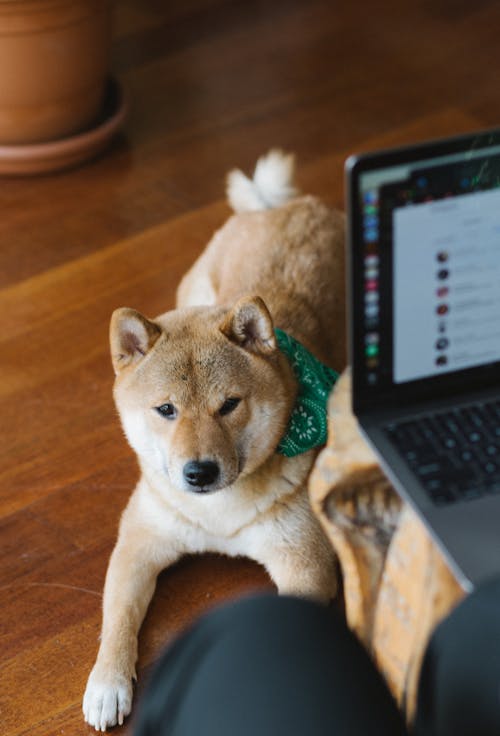
Credit: pexels
7. Learn about body language
At the beginning of our earlier scenario, the dog was cowering and licking its lips. Both of these behaviors are signs of stress. When a dog shows signs of stress, it needs time to adjust. Utilize other techniques such as mental stimulation to engage his interest where possible.
There are several classic signs of dogged unease:
- Changing his gaze and turning his head
- To lick his lips
- While yawning
- Raising his paws
- Exposing his belly
- Low ears and a lowered head
8. Praise good behavior
In his curiosity, the dog slinks towards you after you ignore the dog. By dropping a treat onto the floor, you can reward him for his boldness. Let him get used to you and become confident before you engulf him in a full-scale fuss.
9. Attract His Attention
Try to attract your dog's attention so that he wants to investigate and become friends. If you're watching TV, try lying on the floor and letting them find you. Likewise, you can try crawling so that his curiosity is engaged and he will follow you.
10. Do more of what your dog enjoys
You'll learn what makes your dog happy as you get to know her. Let her know what makes her happy so you can have fun with her.
Merlin, the border collie I adopted when he was a teenager, was pretty neutral toward me. Although we weren't buddies yet, he didn't dislike me. But he loved chasing Frisbees. He didn't want to do anything else. So I played Frisbee with him constantly. I used Frisbees as rewards for my training. It wasn't long before Merlin decided I, the Frisbee thrower, was pretty cool. Merlin and I soon became inseparable friends.
Digging up the yard, pestering the cat, etc., are some things a dog will do to make you happy, but may not make you happy. You just have to be creative in how you use those behaviors.
For your digger, create a sandbox. You can play tug with your cat-chaser, build a flirt pole, or play Frisbee with her. The opposite of a problem can often be found in many annoying behavior problems.
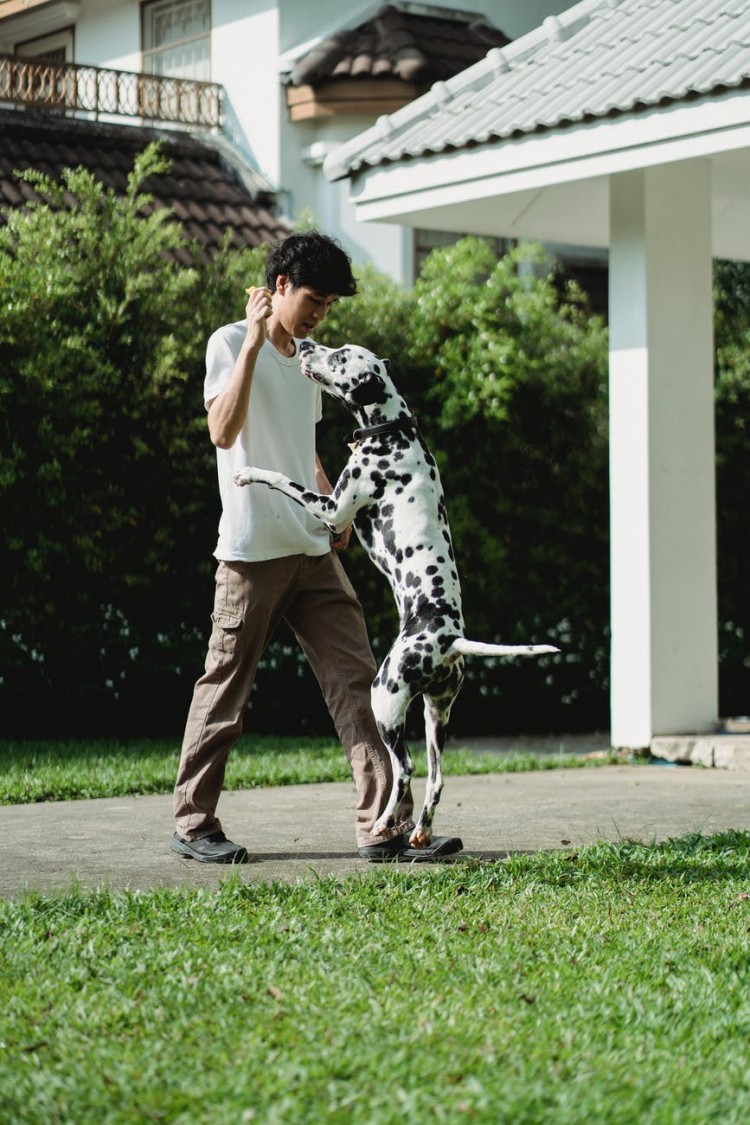
11.Observe what your dog tells you
When dogs say no to their owners, people usually get offended.
Why is that? Would you consider it a personal insult if a human friend says no to something you asked him to do? Would you worry that he is attempting to dominate her? It doesn't matter - you just need to figure out why. Perhaps she's sick. She might be overworked. Is she having trouble understanding you? Perhaps she doesn't feel comfortable with you.
In many cases, a dog who is anxiety-prone and high-spirited became that way because he was never heard. When his trainer does not receive an obedience command, he either jerks the leash or waves cookies in his face until he does so. He is powerless over the situation.
Figure out why your dog doesn't want to do something next time it says "no". There might be something scary about it. It could be an illness. You may not have even heard him. You may not be heard if you have been insistently calling or tugging on the leash if your dog gets very distracted.
Or perhaps he just wants time to think. He might be exploring a fascinating tree or playing with his poodle friends, and he's not ready to leave just yet. Teach your dog to leave. Meanwhile, don't let him make you mad. Rather than being upset with your dog, realize that you just need to work on it better, and figure out how to resolve the issue.
12.Play and exercise
Exercise helps the dog feel less anxious since he has less energy to waste on being anxious. It might be necessary to keep the dog on a longline (for safety's sake) and stay within his limitations.
Furthermore, play is a great way to have fun and bond, and it's something you can do inside or outside.
13.Take a walk
As previously mentioned, the above procedures also apply when you meet a dog you intend to adopt, and you may need to respect their space and allow them to come to you after they have moved into your home. It's always the followers who approach the leaders in the world of dogs--not the other way around. But to earn that new dog's trust, take her for a walk once she joins your pack. In this scenario, you get to learn what it means to be a Pack Leader and to guide and protect your puppy. Keep a calm and confident attitude, and she will quickly get the feeling that she is safe when you are around.
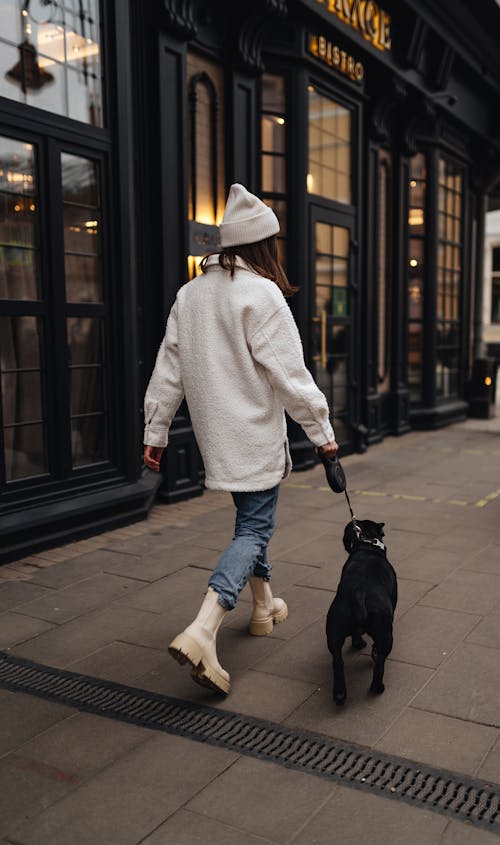
Credit: pexels
14.Stimulation of the mind
When a mind is busy, it is less likely to look for trouble. Make sure you have distractions up your sleeve to keep your dog occupied, such as hiding a favorite toy or treat inside a cardboard box. Once the dog gets the treat, let him rip through the box. Play with puzzle feeders and chew toys such as KONGS during mealtime to keep the dog entertained.
15.Your bedroom is hers to sleep in
The least she can do is wait until she settles in. Especially for puppies, this is a scary experience. She will feel comforted and will realize you are truly a family if she sleeps with them.
16.Training in a positive manner
Rather than constantly correcting bad behavior, modern training methods emphasize setting the dog up for success and showing him exactly how to behave. This makes training enjoyable instead of tedious. As your dog learns your word is trustworthy and you are worth listening to, you earn your dog's trust.
17.Present yourself
There is no one-way street when it comes to connections. It's only fair to give your dog your attention and respect if you want hers as well. Your dog deserves your complete attention when she is working with you. A training session is not the time to think about work or figure out what to eat for dinner. Focus on staying present in every moment. It will be obvious to Lola if you are not really "there" with her, as a result she will not be with you either.
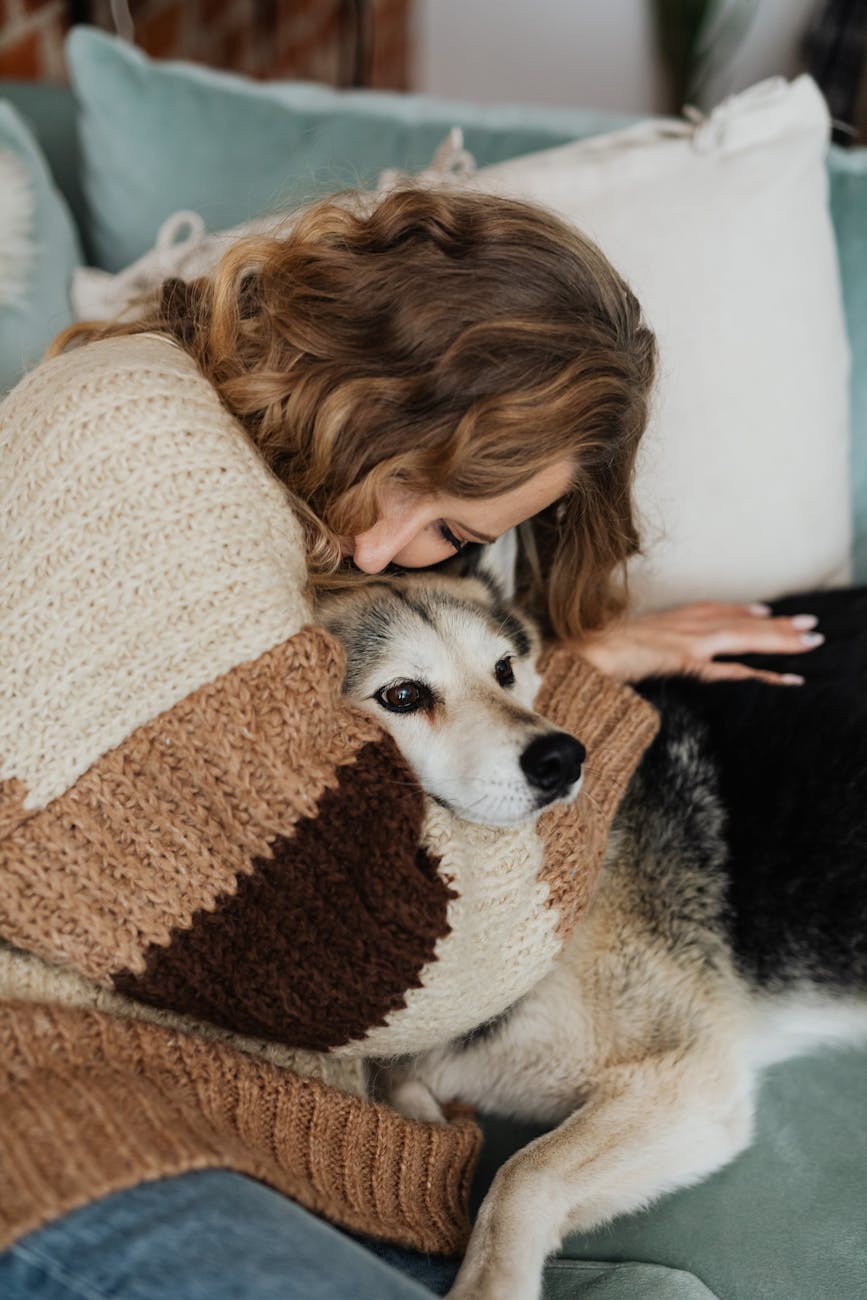
18.Maintain your routine
As a result of his owner's absence, if the dog's breakfast and morning walk do not take place, then his world has been turned upside down, which leads to feelings of insecurity. You should keep your dog in a routine since dogs don't like the unfamiliar. It provides him with a good basis for trusting you.




